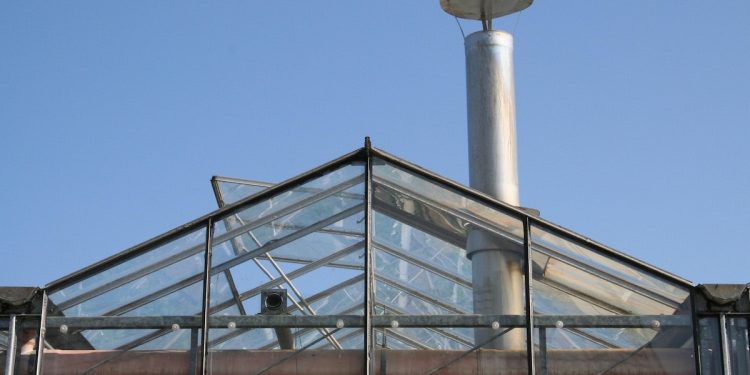#GreenhouseHeating #SustainableAgriculture #GeothermalEnergy #GasHeating #WoodStove #CandleHeating #AgriculturalInnovation
Dies article explores innovative ways for heating greenhouses without electricity, catering to the needs of farmers, agronomists, agricultural engineers, farm owners, and agricultural scientists. It delves into three distinct methods – heating with wood, gas, and even candles – highlighting their advantages and disadvantages. Additionally, it discusses an eco-friendly alternative, harnessing the Earth’s natural warmth, providing valuable insights for sustainable agricultural practices.
In today’s ever-evolving agricultural landscape, finding efficient and eco-friendly methods to heat greenhouses is crucial. This article delves into three ingenious techniques, ensuring that your precious plants thrive without the need for electricity. Let’s explore these methods and weigh their pros and cons.
Holzofen (Wood Stove):
Using a wood stove is a traditional yet reliable method for greenhouse heating. Wood, being cost-effective, provides prolonged heat when smoldering. Additionally, the ashes generated can be utilized as organic fertilizer, promoting sustainable farming practices. However, maintaining a consistent temperature and installing proper ventilation can be challenging.
According to recent data from, investing in bulk wood purchases from local sawmills can significantly reduce costs. Consider implementing a smoke exhaust system to ensure proper ventilation and minimize potential hazards.
Heizen mit Gas (Heating with Gas):
Gas heating is a more efficient and environmentally friendly alternative. Gas burns cleanly, producing only carbon dioxide and water. It offers higher heat generation per unit of raw material compared to oil. Gas heating can be accomplished either through a direct gas line from your house or a standalone gas heater. However, nighttime heating might necessitate adequate ventilation to prevent CO₂ buildup, ensuring your plants receive sufficient oxygen.
For the latest data on gas prices and eco-friendly heating solutions, consult. Evaluate the feasibility of a gas pipeline or opt for gas cylinders, weighing their convenience against your specific greenhouse setup.
Nachts mit Kerzen heizen (Heating with Candles at Night):
When quick solutions are needed, heating with candles can be a temporary fix. By strategically placing lit candles in the greenhouse and sealing all openings, you can retain heat. Although this method is less sustainable and can incur higher costs in the long run, it offers immediate relief without extensive modifications.
To enhance this method, consider collecting brown glass or plastic bottles filled with water, strategically positioning them to absorb sunlight during the day and radiate heat at night, offering an additional layer of warmth.
Heizen mit Erdwärme im Gewächshaus (Heating with Geothermal Energy in the Greenhouse):
Harnessing the Earth’s natural warmth is an eco-conscious choice. Geothermal heating utilizes the constant temperature of the ground, offering a sustainable and long-term solution. While the initial setup can be expensive, the lack of regular fuel procurement and consistent, renewable warmth make it a viable choice for the environmentally conscious farmer.
However, successful implementation requires expert consultation and specific soil conditions. Engage a professional heating technician to assess your greenhouse’s suitability and ensure a meticulous installation process.
Choosing the right heating method for your greenhouse is pivotal for sustainable agriculture. Whether opting for the simplicity of wood, the efficiency of gas, the immediacy of candles, or the eco-consciousness of geothermal energy, each method has its unique advantages and challenges. By weighing these factors against your specific requirements, you can make an informed decision, ensuring your plants thrive in a warm and nurturing environment.










